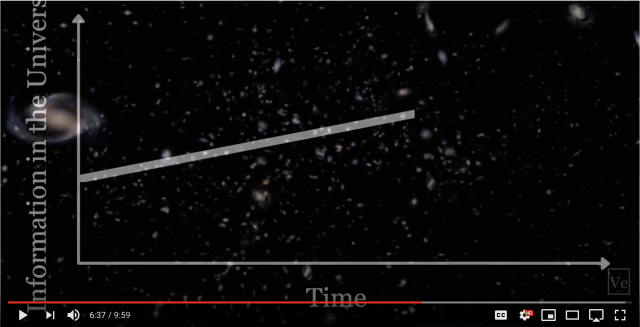1a. An Example of Effective Complexity
The human brain is biased towards total order: many rules governing brain organization lead to strong similarity between brains. These rules govern how neurons will be constructed, and how they will be linked together in patterns of excitation and inhibition that ultimately give rise to predictable output, e.g. the same(-ish) perception given a constant stimulus. But a brain with too much order could accomplish no more than an 80's-era AI expert system. The formation of unique memories in a newly-formed, 'blank slate' brain (which leads to learning) could be seen as an expression of chaos within the orderly system.
1b. The Problem of Meaning
Can and should generative art be about more than generative systems?
This problem is particularly conflicting to me because I'm interested in the mistakes that come out of a generative process. I like things that didn't come out as intended, like a GAN-bred puppy with three eyes. In that way I am interested in generation itself, how mutations are introduced, and how society turns against these unfortunate 'failed' instances of an algorithm. But, unlike the 'purity' of the process Galanter describes, where the artist has no particular goal in mind, I am always obsessing over making exactly what I wanted to make. Ideally, I would want generative art that I make to reach a point between the purely generative sublime and the dirty, ordinary world of meanings and signs.









